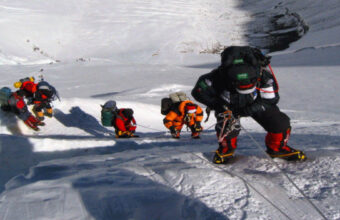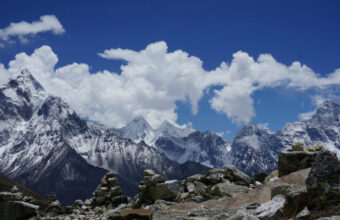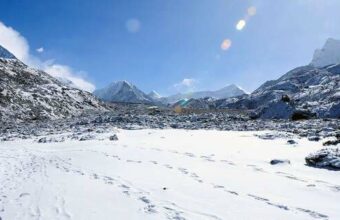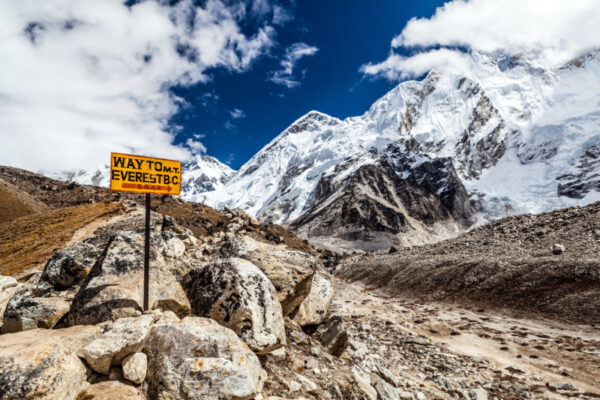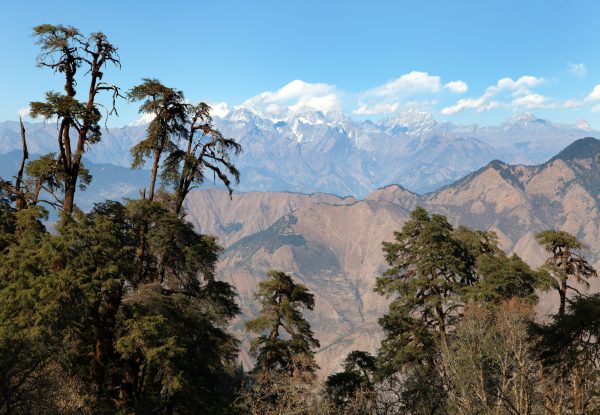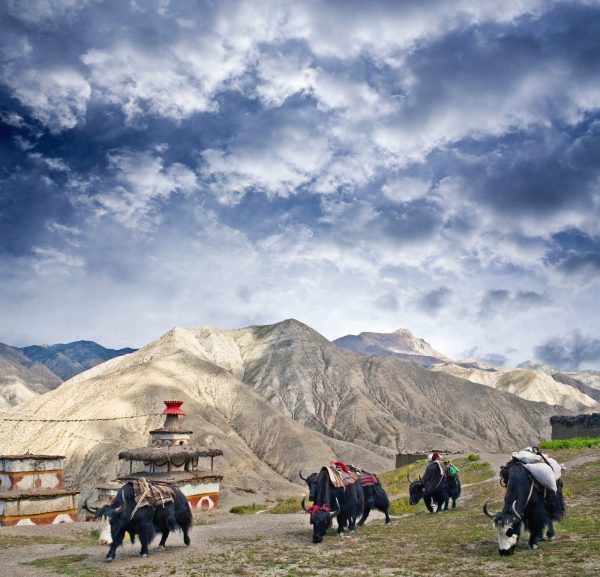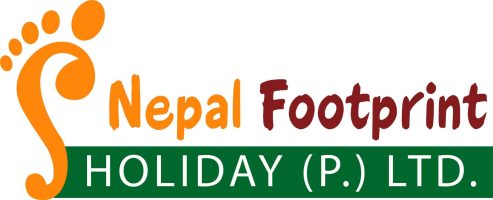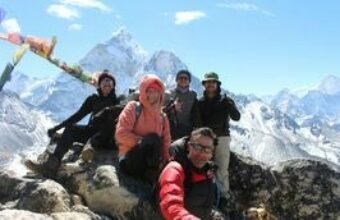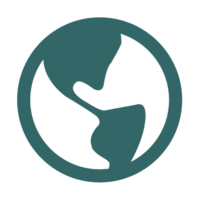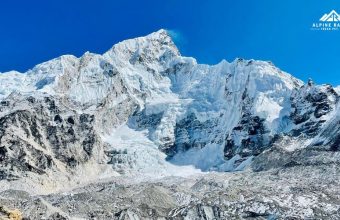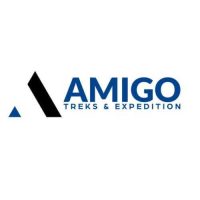Challenging Nepal treks
An expert guide to Nepal's hardest and most difficult treks
You'd be forgiven for assuming that trekking in Nepal is some sort of endurance sport. This is the mighty Himalaya after all.
So people are often surprised when I tell them that actually, as a trekking destination, the most popular trails themselves are not particularly challenging. Most trails began life as old trade routes, and merchants generally followed the easiest path through the mountains. The difficulty is usually more to do with the altitude, the cold, and the limited creature comforts.
That said, this is Nepal and there are plenty of treks that pose a serious challenge to even the most accomplished hiker.
At some point trekking becomes mountaineering, requiring technical skills, equipment and experience. Here are a few of my favourite routes that sit between the two.
Please note that the following are some of Nepal's most challenging treks: they all require plenty of fitness, sufficient acclimatisation, prior experience and a qualified guide.
The most challenging treks in Nepal
Nepal's hardest and most difficult treks
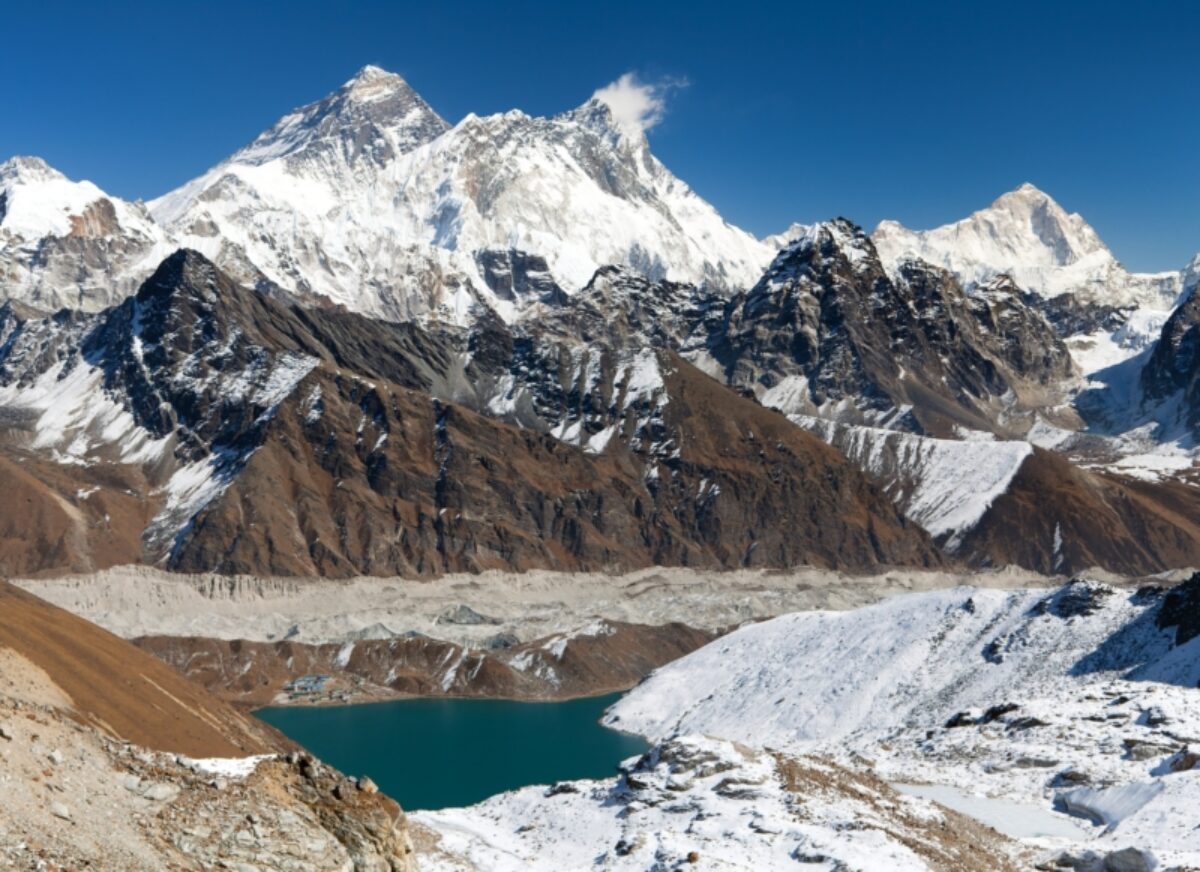
Spectacular view of Everest, Lhotse, Makalu and Gokyo Lake from Renjo La pass on the Three Passes trek
Three Passes trek (Everest region)
Difficulty: Strenuous
Trek duration: 18-20 days but this trek rewards those who allow extra days for side-trips and acclimatisation
Max. elevation: 5,535m (5,545m if you climb to the Kala Pattar viewpoint)
Accommodation: Trekking lodges
Start/end point: Lukla
For those with stamina and time the formidable Three Passes trek is by far the most exciting and rewarding trek in the Everest region.
In fact, for sheer mountain awe this is perhaps the single best lodge trek in Nepal. Having said that, the nature of this trek makes it highly advisable to take a guide and porter as well as crampons, ice-axes, ropes and camping equipment because of the very real possibility of getting stuck out for the night due to bad weather.
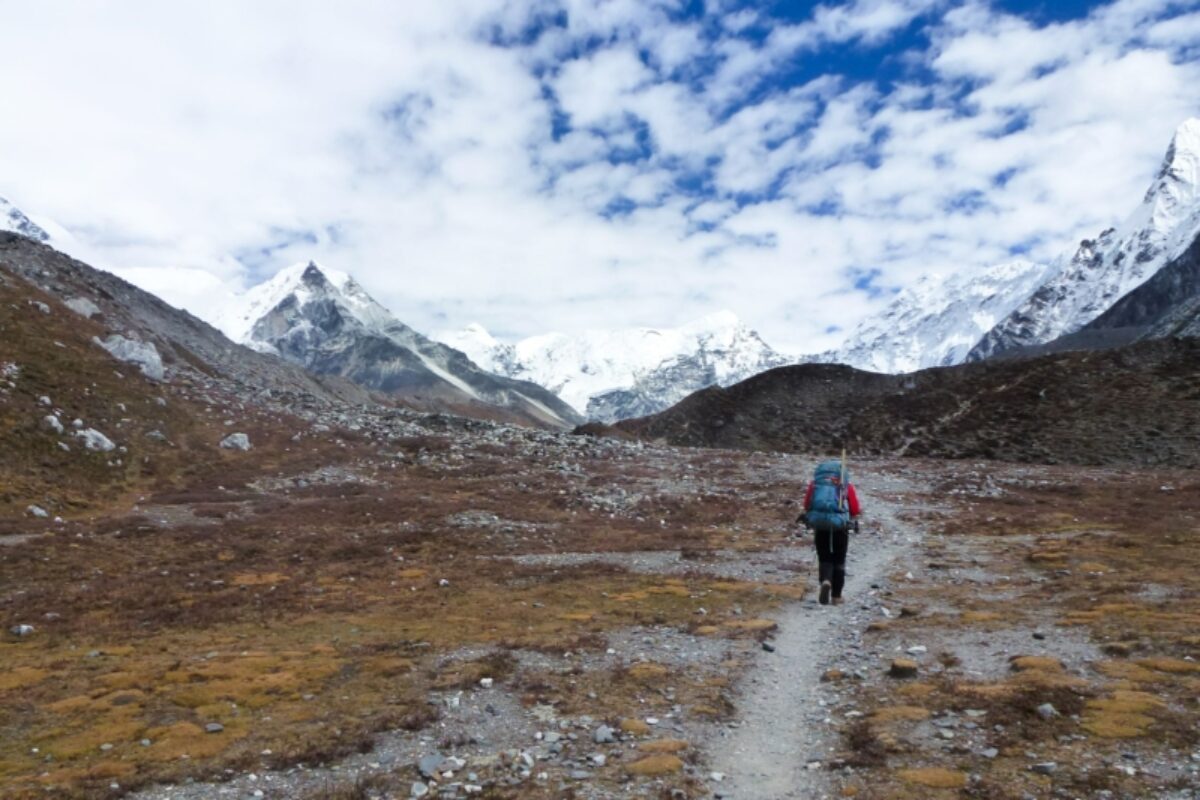
On the way to Island Peak, in the Everest region
Island Peak trek (Everest region)
Difficulty: Strenuous, mountaineering skills required
Trek duration: Six days
Max. elevation: 6,189m
Accommodation: Camping
Start/end point: Lukla
Not technically a trek but a mountain climbing expedition, Island Peak (6,189m; more accurately called Imja Tse) is one of Nepal’s official trekking peaks. It’s a relatively easy ascent compared to many other trekking peaks and its proximity to the main Everest trekking trails means it’s by far the most popular. This is no stroll in the park though. Ropes, crampons and ice-axes are all needed and there’s a short stretch that involves ice-climbing.
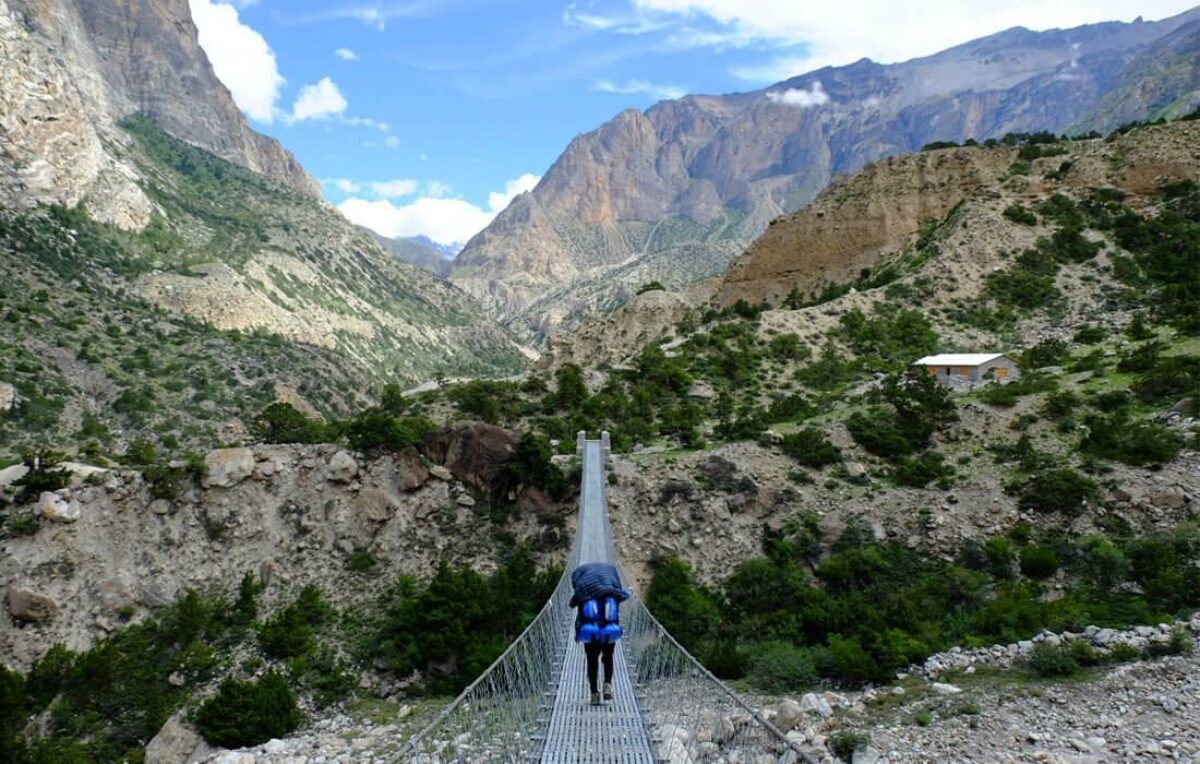
The Nar Phu trek
Teri La and Saribung La (Upper Mustang)
Difficulty: Strenuous
Trek duration: 18-22 days.
Max. elevation: Teri La 5,595m, Saribung La 5,600m
Accommodation: Homestays and camping
Start/end point: Kagbeni/Koto
This is only for the most adventurous and experienced hikers with full expedition support. The Teri La (5,595m) and Saribung La (5,600m) passes connect Upper Mustang with the valleys of Nar and Phu. Each trek is around three weeks long and requires several nights camping well above 4,000m. Ropes, crampons and ice-axes are likely to be needed.
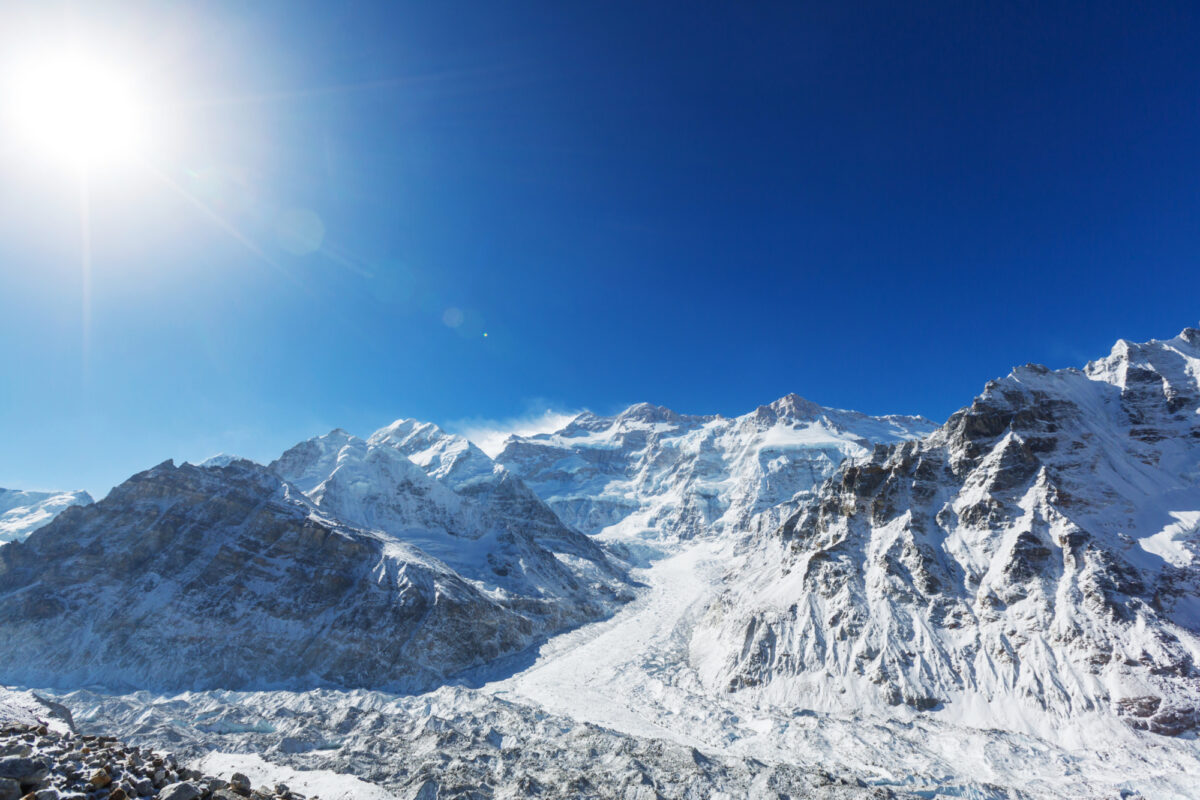
Trekking in the Kanchenjunga region
Kanchenjunga North
Difficulty: Challenging
Trek duration: 18 days
Max. elevation: 5,140m
Accommodation: Camping or basic herders' lodges
Start/end point: Taplejung
Way out in the east of Nepal a wall of rock and ice rises up over eight and half kilometres into the sky. This is Kanchenjunga and at 8,586m it’s the third highest mountain on Earth. The hike to the base camp of this daunting peak is, in my opinion, one of the most exciting treks in Nepal.
There are two main Kanchenjunga treks, my vote is for the three-week trek to the Kanchenjunga North base camp, which is the longest, hardest and by far the most spectacular. I can't think of many better views without venturing into the realms of mountaineering, but note the risk of altitude sickness is high.
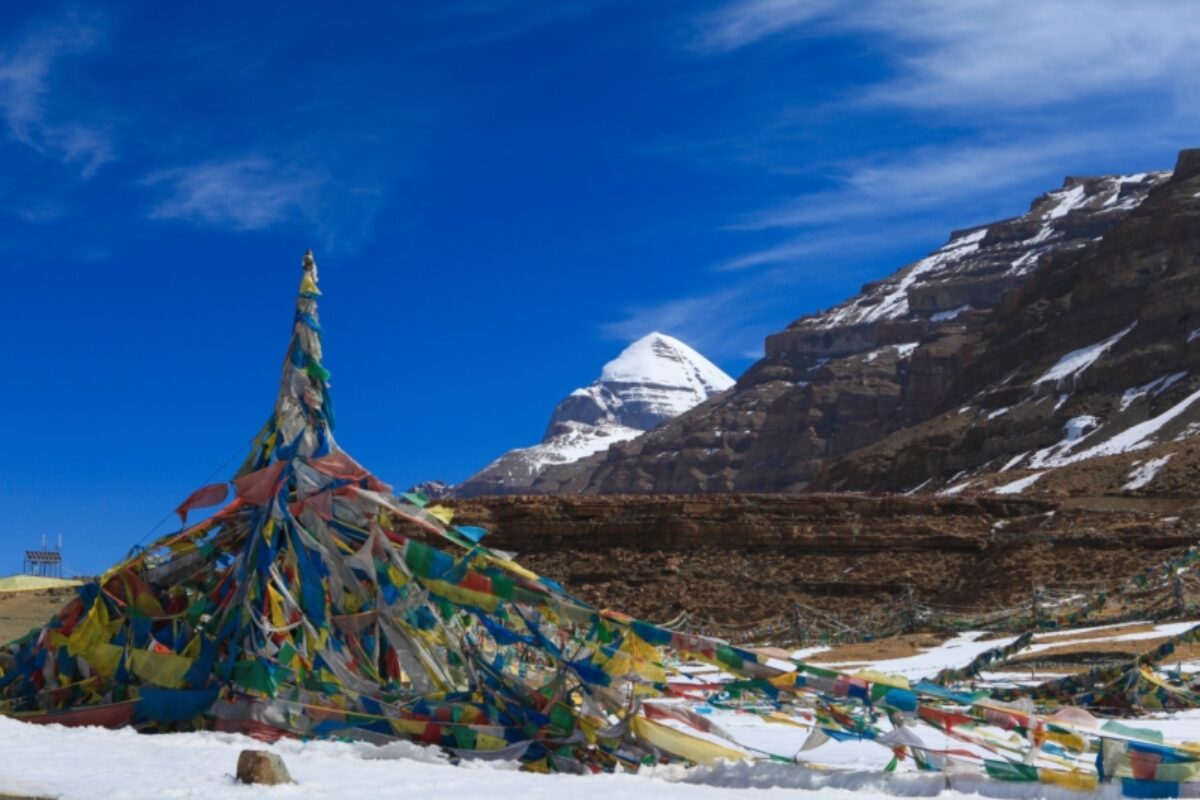
Tibet's Mt Kailash, via the Limi Valley in Far Western Nepal
Limi Valley trek
Difficulty: Challenging
Duration: 9-11 days
Max. elevation: 3,480m
Accommodation: Camping
Start/end point: Jumla
Of the very few people who trek in Nepal’s far west, most walk the Limi Valley route (often with a foray over the border to Tibet to complete the Mt Kailash pilgrimage). Tucked right up into the far northwest corner of the country, the Limi valley is about as far as you can get from Kathmandu, physically and metaphorically. The villages here, which are strongly influenced by Tibetan culture, are often beautiful fortified stone wall affairs. They can spend months on end cut off from the rest of the world by snow and ice.
The route follows the dramatic Humla Karnali river valley to the Tibetan border at Hilsa. You will probably pass pilgrims heading for Kailash and mule, yak and sheep caravans heading to and from Tibet with goods to trade. From Hilsa, the route loops over some daunting passes and through lightly populated country before returning to the airstrip at Simikot.
Ganj La trek (Langtang region)
Difficulty: Very strenuous and dangerous. People have died attempting this crossing.
Trek duration: Four days from Kyanjin Gompa
Max. elevation: 5,106m
Accommodation: Camping
Start/end point: Kyanjin Gompa/Tarke Ghyang
The most challenging and dangerous trek in the Langtang region is the crossing of the high (5,106m) Ganj La pass, which links Kyanjin Gompa at the head of the Langtang Valley with Tarke Ghyang on the Helambu Circuit.
This should only be attempted by very experienced trekkers with a good support team. You will need camping equipment, a guide who knows the route well, ropes, ice-axes and crampons.
Saipal Base Camp trek (Far Western Nepal)
Difficulty: Strenuous
Trek duration: 18 days
Max. elevation: 4,550m
Accommodation: Camping
Start/end point: Cahinpur
This very remote trek leads through pristine conifer forest to the base camp for Saipal (7,031m), western Nepal’s highest mountain. This is possibly the quietest trek listed in this book and any agency offering this will probably have their own variation of the walk.
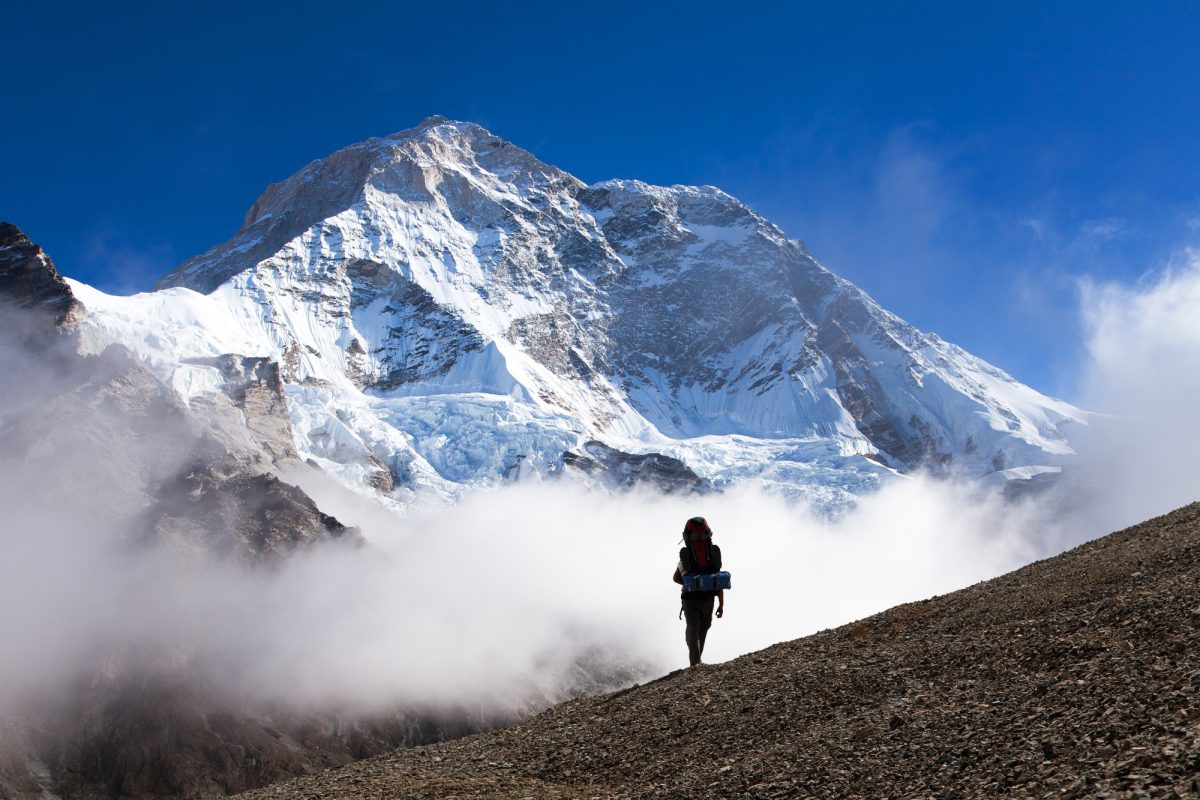
Trekking Makalu to Everest
Makalu to Everest trek
Difficulty: Very strenuous. Borderline mountaineering
Trek duration: Minimum 21 days
Max. elevation: 6,143m
Accommodation: Camping; very basic herders’ tea houses, trekking lodges
Start/end point: Num/Lukla
One of the most challenging treks in this book is the Makalu to Everest traverse via the very high passes of Sherpani (6,135m), West Col (6,143m), Baruntse Base Camp (5,700m) and Amphu Laptsa (5,850m) before descending into the Everest region at Pangboche. You should allow a minimum of three weeks for this trek and a lot more if you want to explore the Everest region in depth. You will need full expedition equipment, an experienced team, mountaineering experience and to be prepared for many nights’ camping above 4,500m.
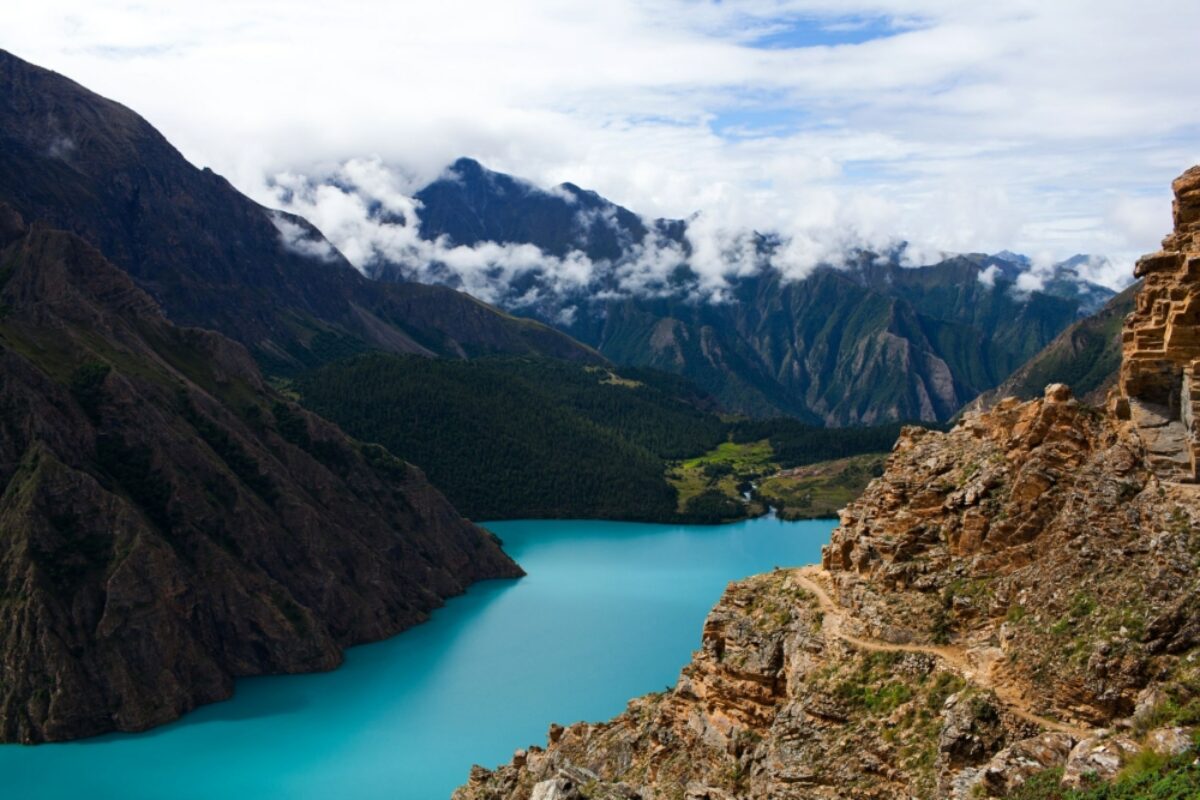
Phoksundo Lake in Upper Dolpo
Upper Dolpo trek
Difficulty: Challenging
Duration: 25-30 days
Max. elevation: 5,150 m
Accommodation: Camping
Start and end point: Juphal
The Upper Dolpo Trek is a challenging route which takes about 25 to 30 days to complete, beginning and ending in Juphal, a small town in Nepal’s little-visited Dolpo region.
The route is considered demanding due to its long duration, high altitude, and demanding terrain. On the way you will cover steep ascents, descents, and cross high passes, requiring good physical fitness, acclimatisation and previous trekking experience.
Exploring the Dolpo region, you will visit the Shey Phoksundo National Park which features a turquoise lake, waterfall and ancient monastery perched on the hillside. You will also cross high mountain passes and visit remote villages, like Dho Tarap. The national park is also home to plenty of wildlife like blue sheep, musk deer, Himalayan Marmot and Himalayan Tahr.

